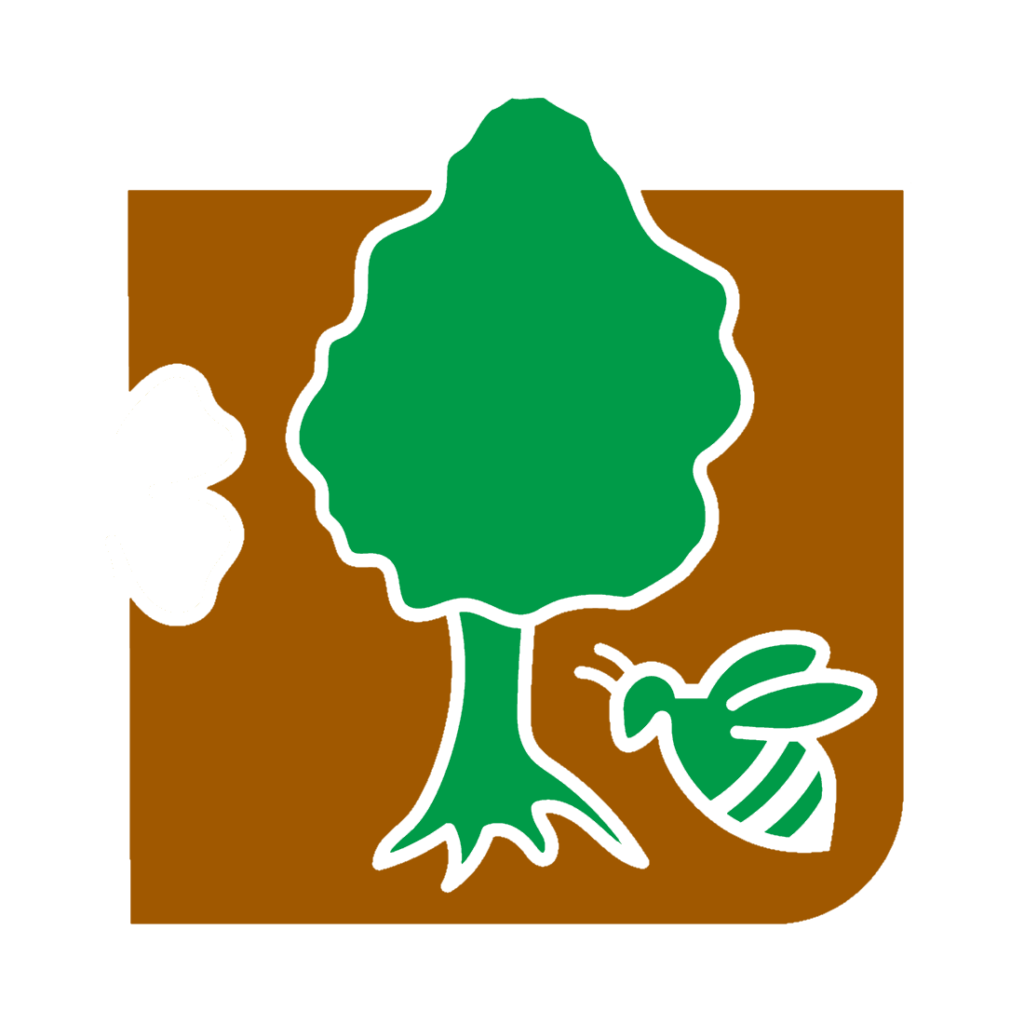The 2020 International Day for Biological Diversity (IDB) focuses on nature-based solutions for the betterment and protection of all life on Earth. Owing to the ongoing COVID-19 pandemic, this year’s IDB, which is observed every year on 22 May, was commemorated through its first-ever online-only campaign in 2020.
About this Year’s Theme and Slogan

The theme of this year’s IDB was “Our solutions are in nature” which emphasises hope, solidarity and the importance of working together at all levels to build a future of life in harmony with nature. As the global community is called to re-examine its relationship to the natural world, one thing is certain: despite all our technological advances we are completely dependent on healthy and vibrant ecosystems for our health, water, food, medicines, clothes, fuel, shelter and energy, just to name a few.
Rationale Behind the IDB 2020 Logo Design
This year’s tell-tale slogan “Our Solutions are in Nature” required an equally impactful logo design to go with that attractive and appealing while being educative and informative. In fact, what the designers came up as a solution to this ask is itself a graphic representation of “solutions” – a jigsaw puzzle in which the pieces connect to each other, symbolizing interconnectedness.
The four pieces of this puzzle of which the “solutions are in nature” have been thoughtfully designed. Each of these four pieces was designed to promote the four significant days – May 18th to May 21st – that led up to IDB can be represented by one puzzle piece. Finally, on 22 May, the International Day for Biological Diversity, the pieces all come together. Here’s how it worked:
The Polar Bear: Science and Knowledge (18 May)

The first step to solving any problem is to understand the issue. Science and traditional knowledge not only help understand the state of biodiversity but also enable us to comprehend the drivers of biodiversity loss and pathways for a sustainable future. Biodiversity is presented as a solution to climate change. The polar bear was chosen because it is an iconic mammal species commonly associated with climate change and habitat loss, both aquatic and terrestrial
The Goose: Conservation of Biodiversity (19 May)

The second step was to raise awareness on protected areas and other effective area-based protection measures, which deal with the different objectives of the Convention on Biological Diversity. The goose was chosen because it is a migratory bird species, both terrestrial and aquatic, spanning many geographical areas and habitats that extend beyond national boundaries.
The Bumblebee & the Tree: Health, Food and Biodiversity (20 May)

Taking advantage of World Bee Day, 20th May was devoted to health, agriculture, food security, food and feed. The bumblebee was chosen because it is an important pollinator of immense economic significance. The tree, in addition to the multitude of ecosystem services that it provides, can be interpreted as a fruit tree or used for other purposes, including the health benefits from spending time in nature.
The Girl and the Flower: People, Culture and Biodiversity (21 May)

Riding on the World Day for Cultural Diversity for Dialogue and Development, 21st May was devoted to people and culture. The day highlights how indigenous peoples and local communities play a vital role in biodiversity conservation and sustainable use. The girl was chosen to represent humans and our role and responsibility in the big picture, as our social roles have a profound effect on our surrounding environment. The flower represents our sustainable use of biodiversity and all the benefits we derive from nature.
Why 2020 is an Important Year for Biodiversity
2020 is a year of reflection, opportunity and solutions. It is expected, from each of us, that we will “Build Back Better” by using this time to increase the resilience of nations and communities as we recover from this pandemic. 2020 is the year when, more than ever, the world can signal a strong will for a global framework that will “bend the curve” on biodiversity loss for the benefit of humans and all life on Earth.

